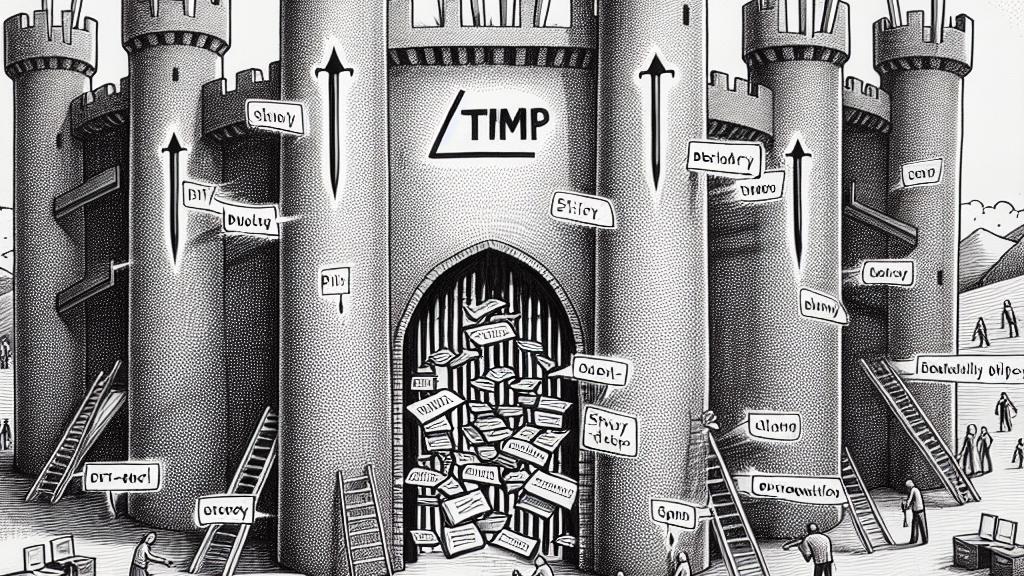The Dangers of /tmp and Secure Temporary File Creation
Overview
- Unearth the hidden risks associated with the /tmp directory in Unix systems.
- Master best practices for creating robust and secure temporary files to protect your data.
- Delve into the vital roles of permissions and the sticky bit in effective file management.

The Risks of /tmp
In the vast landscape of Unix-like operating systems, the /tmp directory is often regarded as a double-edged sword. It serves as a temporary storage space for users, yet it harbors significant security vulnerabilities. Picture this scenario: multiple users accessing /tmp simultaneously, each creating files while putting their data at risk. One click can lead to a disaster as crucial files are accidentally deleted or overwritten by others. This shared global mutable state has led to numerous incidents, where data integrity is compromised, and sensitive information is exposed. To illustrate, think about a tech team debugging an application. If one member unknowingly wipes out another member's temporary logs, it can derail the entire project. Historically, to address these issues, system administrators have employed solutions like the sticky bit, which significantly enhances security by allowing only file owners to delete their files. However, the sticky bit is merely a patch over the vulnerabilities inherent in /tmp, highlighting the need for alternative strategies.
Creating Secure Temporary Files
Given the potential dangers of using /tmp, implementing secure practices for file creation is crucial. Functions such as mkstemp and mkdtemp are indispensable in this regard, as they guarantee unpredictable filename generation, effectively mitigating the risk of race conditions. Imagine a scenario where developers universally adopt these functions—this could revolutionize the security landscape. Among other tools, mktemp stands out as a reliable utility introduced by OpenBSD that plays a vital role in safely handling temporary files within shell scripts. Consider this: by utilizing mktemp, developers can ensure that their scripts are resilient against malicious tampering. Moreover, when developers prioritize these secure coding techniques, they not only shield their systems from potential threats but also foster a culture of accountability and vigilance in their programming practices.
Understanding Permissions and the Sticky Bit
Grasping the concept of file permissions is an essential skill for anyone tasked with managing Unix or Linux systems. Permissions serve as a critical mechanism for bolstering system security while allowing users to collaborate effectively. A prime example is the sticky bit, which adds a layer of protection in shared directories like /tmp. By ensuring that only the owner of a file can delete or rename it, the sticky bit creates a secure environment where collaboration flourishes. Furthermore, understanding SetUID and SetGID permissions can empower administrators with advanced control over file operations, promoting safe interactions among users. Picture a collaborative project where multiple developers share a directory; with proper permissions in place, they can work harmoniously without fear of losing valuable files. Therefore, it’s not just about knowing the tools available—it’s about employing them thoughtfully and consistently to create a well-rounded, secure environment. Prioritizing these best practices is not merely wise; it’s essential for maintaining system integrity and fostering a culture of trust among users.

Loading...